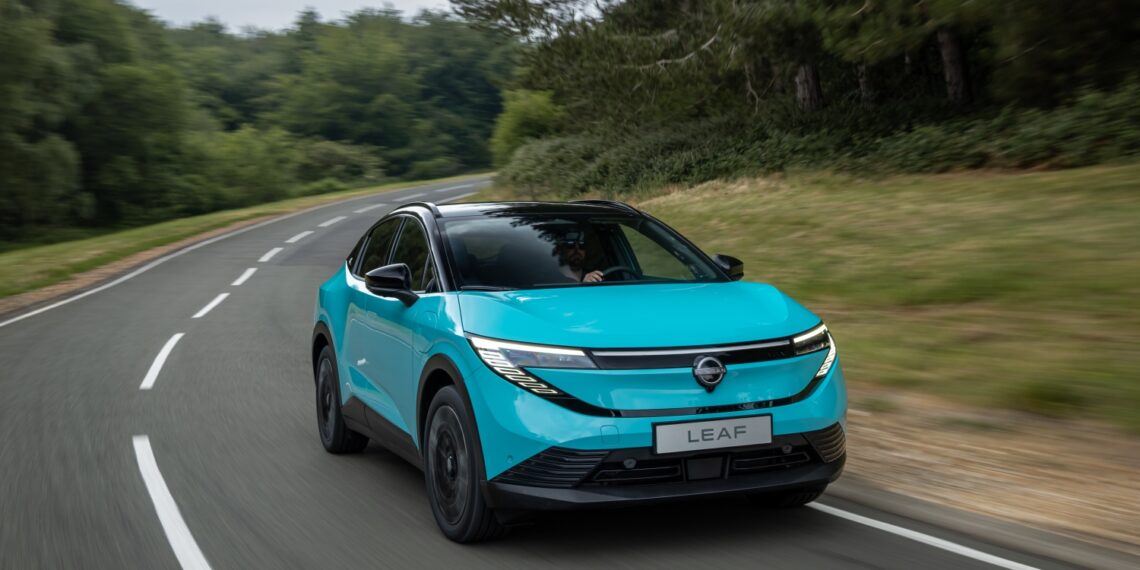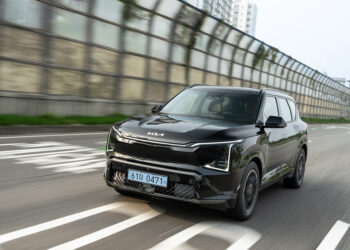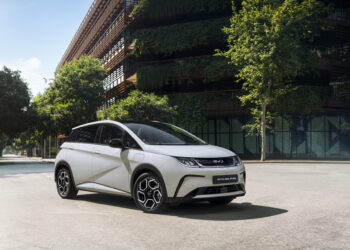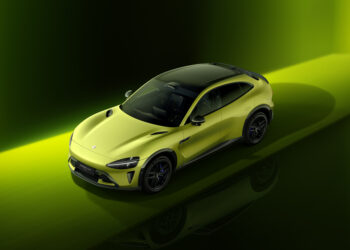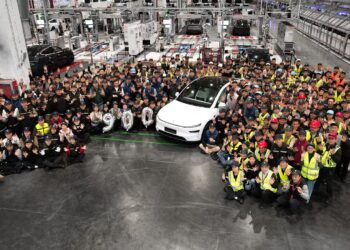The design is the starting point in a first interaction with a vehicle. In a presentation video, now revealed by Nissan, the experts from the Japanese brand unveil all the secrets and discuss the design history of the newly redesigned and reengineered Nissan Leaf, showing how form and function have been combined to create a sleek, smart, and distinctive electric crossover.
From the flowing roofline and sculpted body to the unique rear spoiler, the exterior of the new Nissan Leaf reflects a significant step in aerodynamic design focused on electric vehicles.
Giovanny Arroba, Vice President of Nissan Design Europe, and James Coaley, Senior Exterior Systems Engineer at Nissan Technical Centre Europe, explain how each detail has been shaped with a specific purpose, from visual appeal to efficiency that enhances range.
Although compact on the outside, the Nissan Leaf offers a spacious and thoughtfully designed interior for everyday use. With 437 liters of cargo volume, a double-floor trunk, and a new dimmable panoramic glass roof, the cabin has been designed to provide practicality and comfort.
The new Leaf is based on the CMF-EV platform that hides the battery and propulsion system beneath the floor. This creates a flat and obstacle-free floor, resulting in a noticeably more spacious interior for passengers, while maintaining a low center of gravity and agile driving.
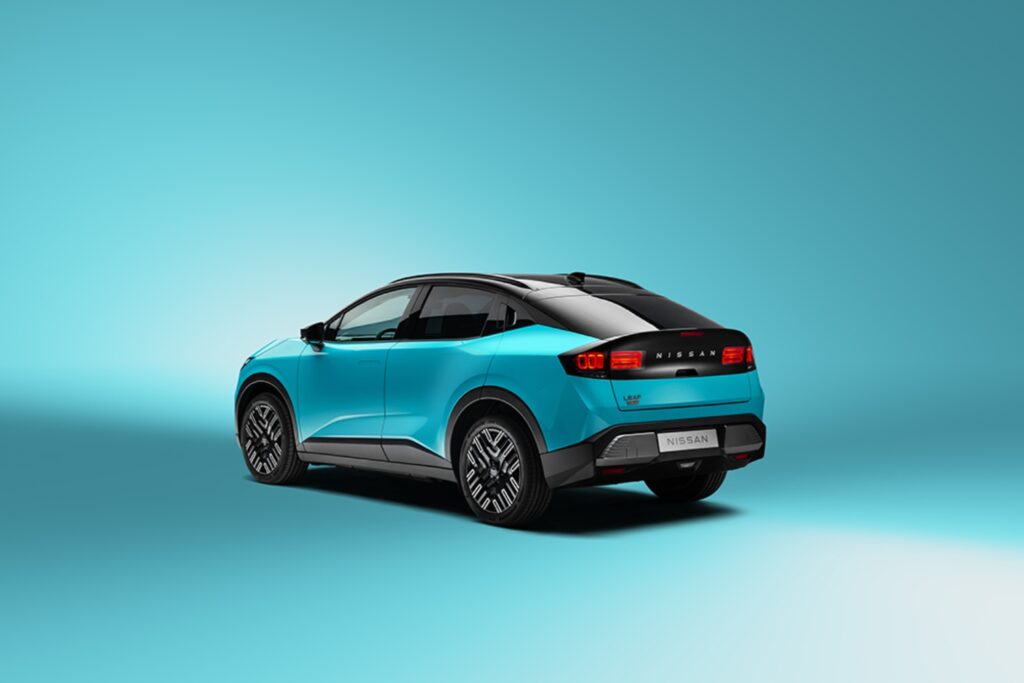
Premium details, including 3D taillights and dual 14.3’’ screens, contribute to a modern and high-tech feel.
Carefully tuned to reflect the driver’s expectations, the design balances emotional appeal with real-world functionality. From the lighting signatures and refined surfaces to softer materials and spatial layout, every choice has been made with the modern electric vehicle driver in mind.
Launched in 2010, the Leaf is a sales record holder among Nissan models, with over 700,000 units sold worldwide, marking the history of the first mass-produced 100% electric model.
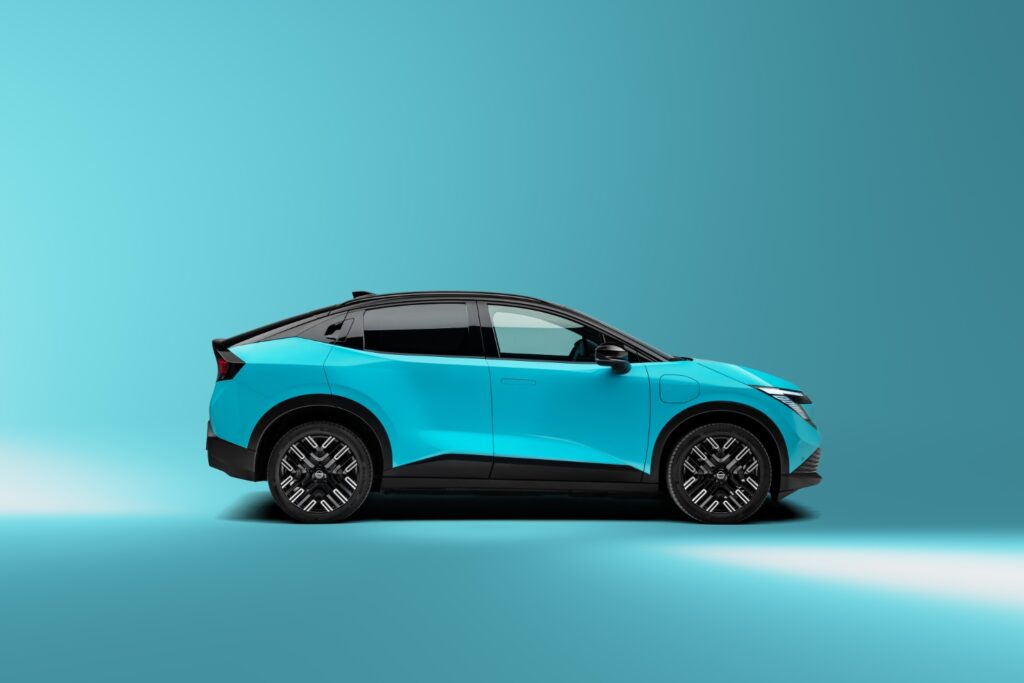
The new generation is available with a single electric motor that drives the front wheels, which Nissan claims is 75% quieter and 10% smaller than the previous one.
The entry-level version has a 52 kWh battery and a power of 174 hp and 345 Nm of maximum torque, which is higher than that of its predecessor. The top-of-the-line version features a 75 kWh battery and a more powerful electric motor, capable of generating 214 hp and 355 Nm of torque.
Nissan promises a range of up to 488 km for the version with a 75 kWh battery, with fast charging capability that can add 250 km in just 14 minutes. Additionally, when at a 150 kW DC charging station, the battery can recharge from 10% to 80% of its capacity in 35 minutes.

